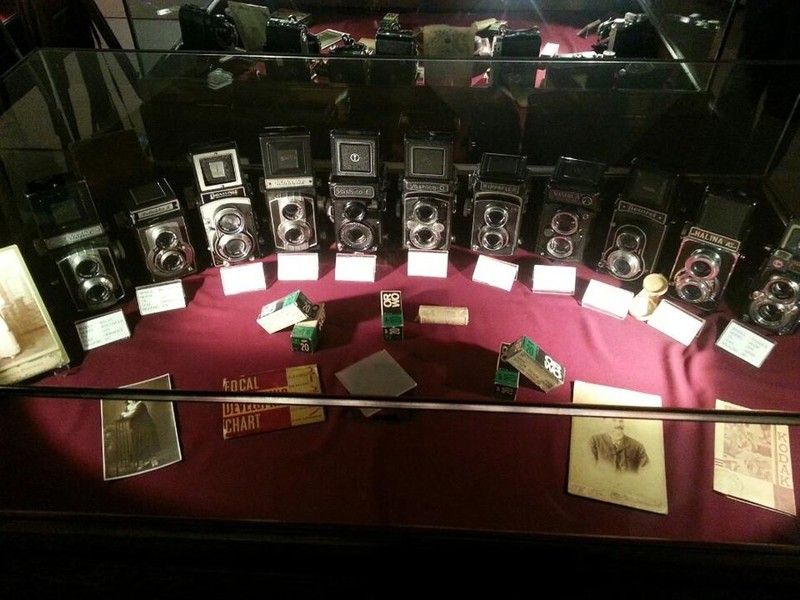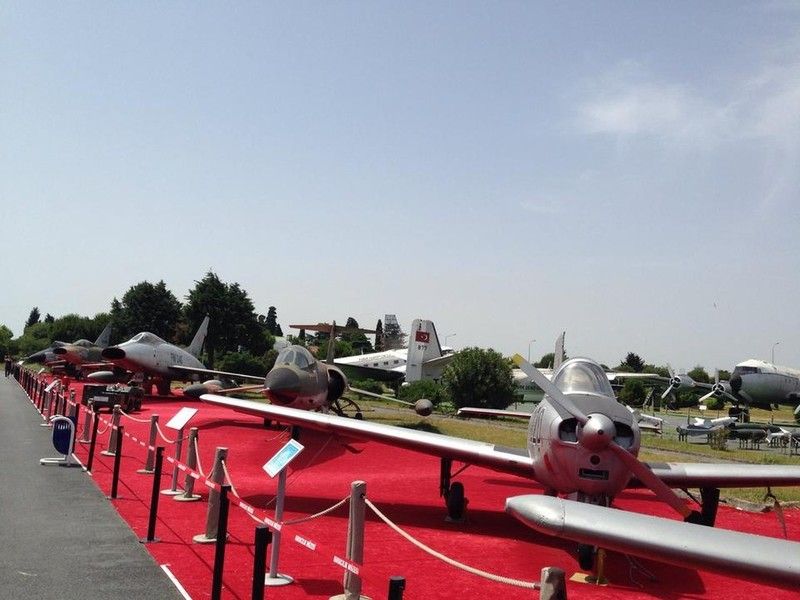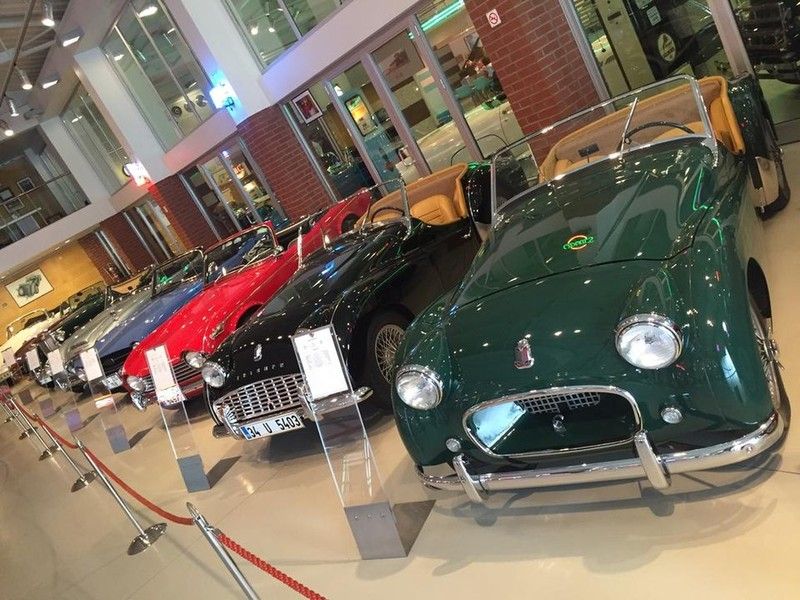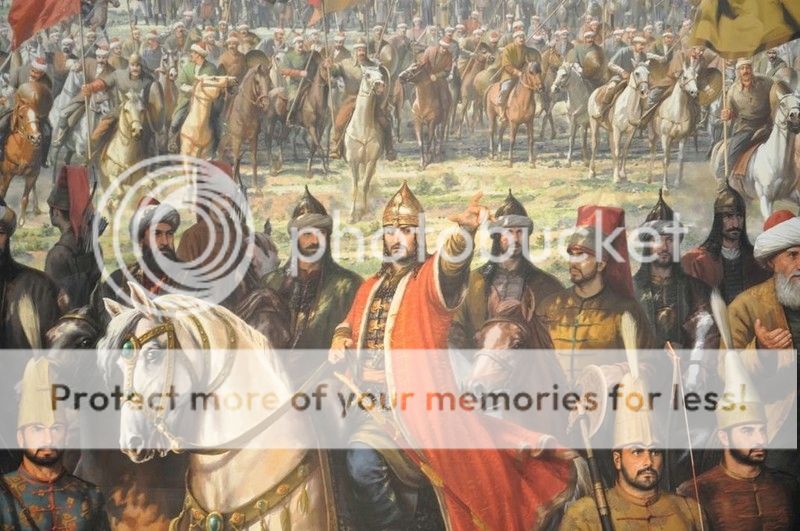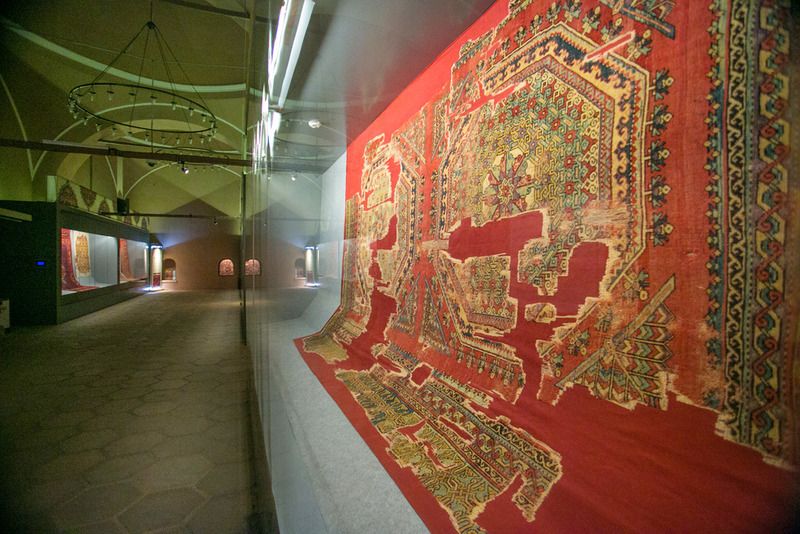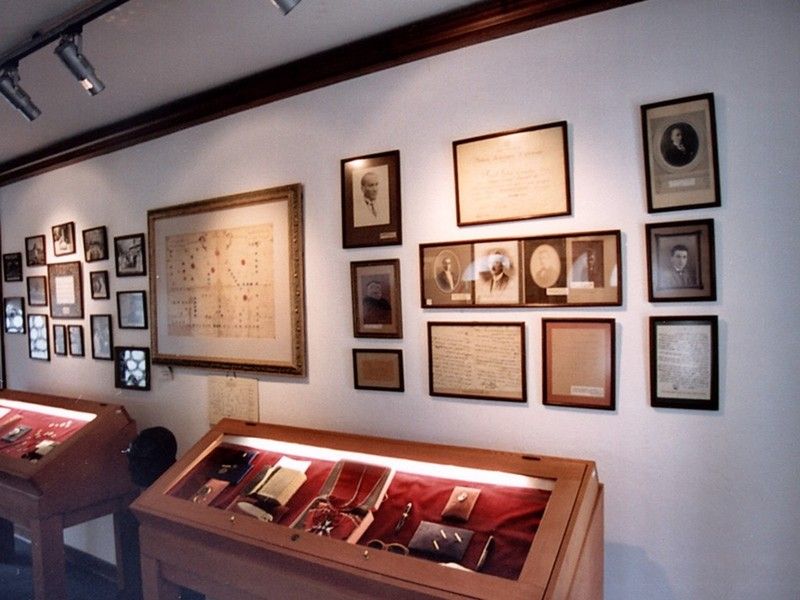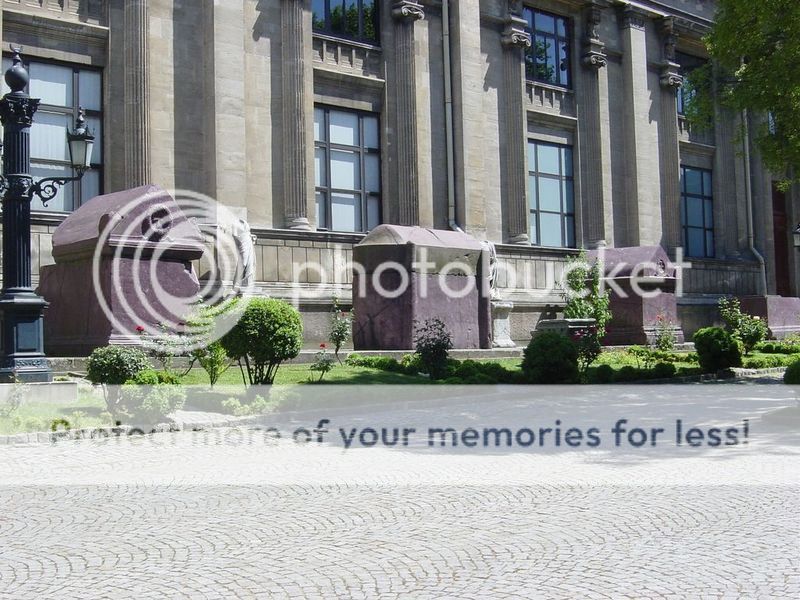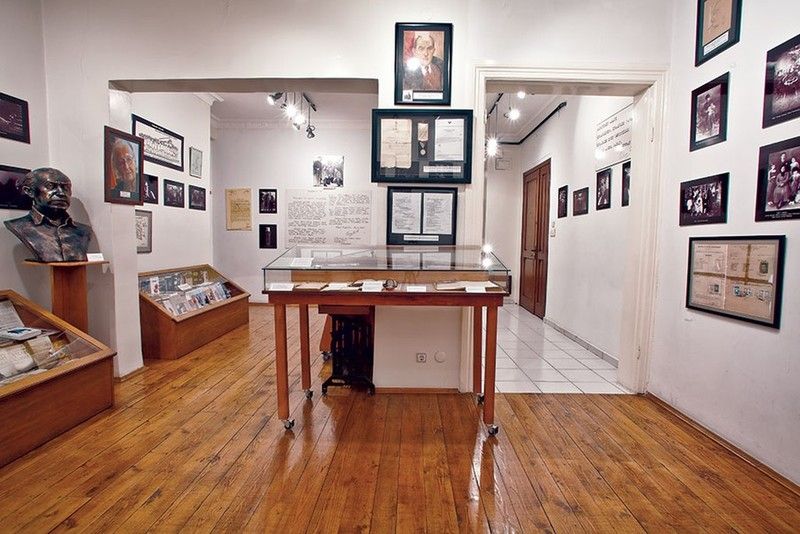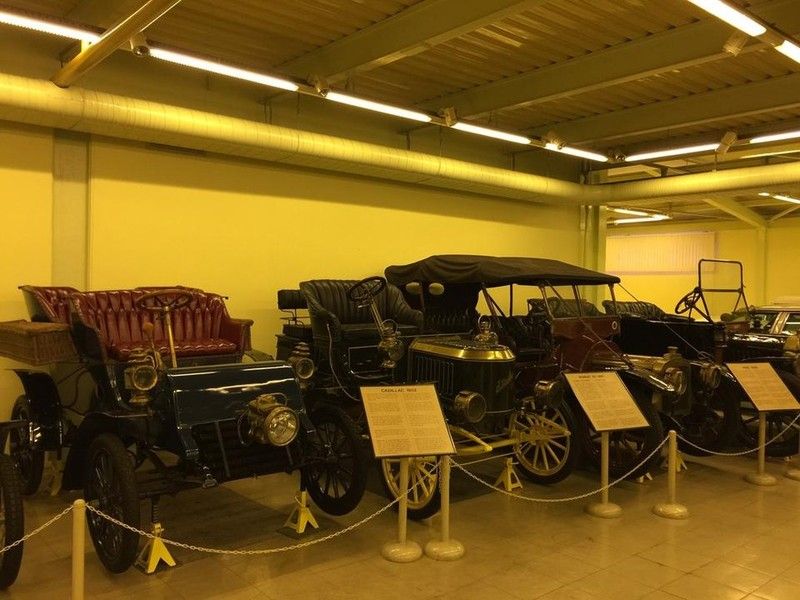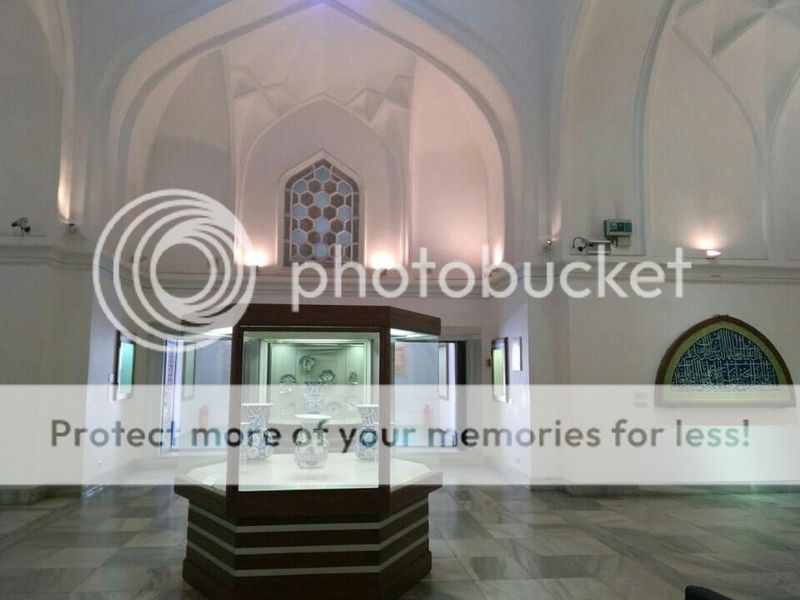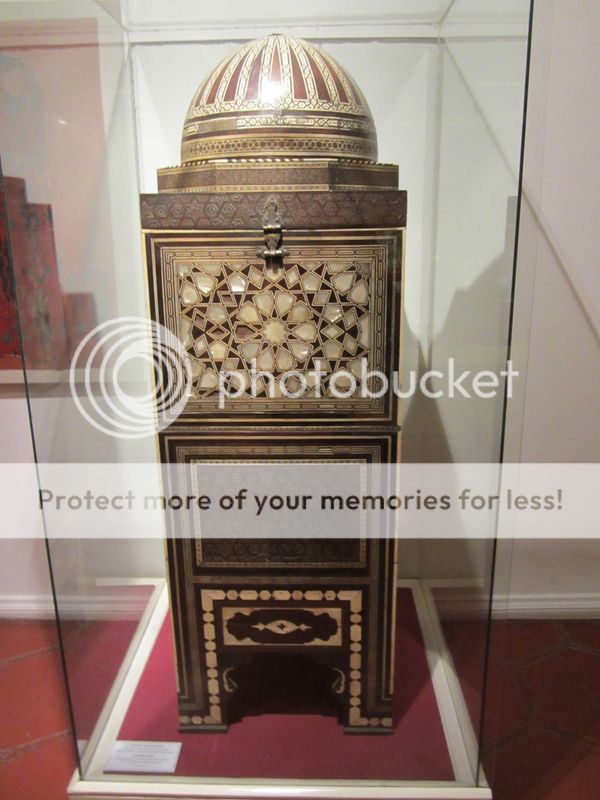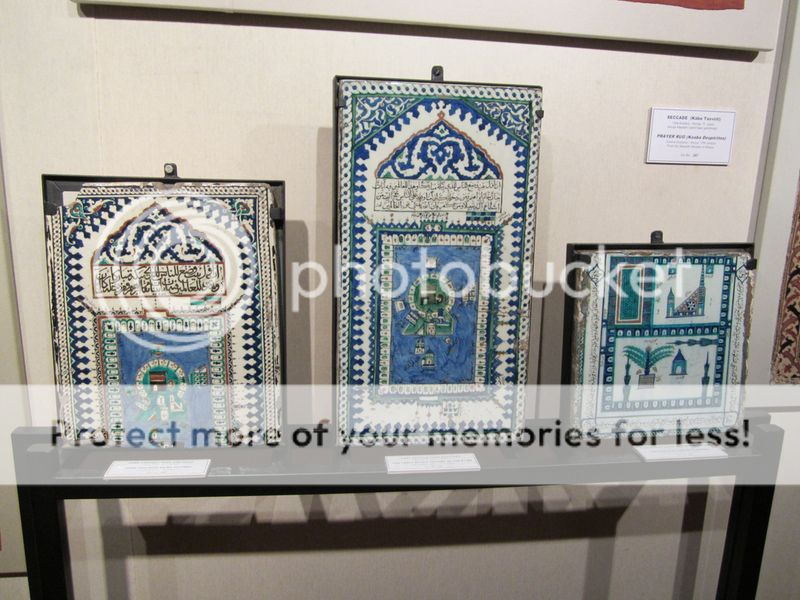Gülhane - Istanbul - Turkey
GPS : 41°00'41.0"N 28°58'52.0"E / 41.011389, 28.981111
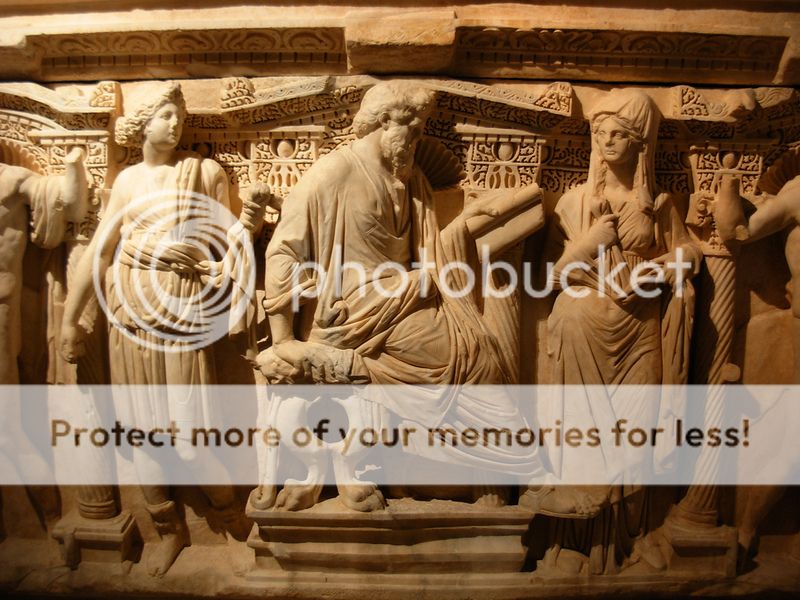 PHOTOGRAPHS ALBUM
PHOTOGRAPHS ALBUM
NEW BUILDING
Bases Of The Statues Of Charioteer Porphyrios
Ground Floor - Gallery 2 : Those statue bases found in the second courtyard of the Topkapı Palace belong to the Byzantine Era, 5th century AD. They are the bases of statues erected in the Hippodrome, a heavily used entertainment area of Constantinople. The statue was erected for the charioteer Porphyrios by the order of Emperor Anastasius. In one of these bases, each of which has 4 faces, Porphyrios is depicted frontally in a quadriga, standing, holding a palm branch in his left arm and an object in his raised right arm. The bases, which have Greek inscriptions too, give information about horse races held in the Hippodrome as well.
Tomb Monument Of The Praefectus And High Priest
Ground Floor - Gallery 2 : On this tomb monument dated to the Roman Era, 1st century AD and found in Marmara Ereğlisi, a town in the Marmara region of Turkey, the armored Tiberius Flavius is depicted at the center on his rearing horse. There are 2 Roman soldiers standing on the right side and 3 on the left side.
Palmyran Tomb Chamber
3rd Floor - Gallery 1 : The tomb chamber reproduced for the museum was built by a rich Palmyran family for at least 219 persons. The original tomb is in the Valley of Tombs in Palmyra, but the portraits in the model constructed for the museum are original. The corpses were placed in drawer-like tomb compartments lined up vertically and horizontally and limestone slabs with human busts in high relief and with inscriptions of identity sealed the openings of the compartments. Hypogeum or underground tombs were rich monumental tombs preferred by Palmyrans in the 1st and 2nd centuries AD, besides tower tombs and house tombs.
SILOAM INSCRIPTION
3rd Floor - Gallery 1 : It was found in the underground tunnel that feed water to the Pool of Siloam in Jerusalem. This inscription, the oldest Hebrew text written with the Phoenician alphabet, was cut in the rock on the left side of the tunnel, near to the Siloam Pool end. It consists of six lines of different lengths. The tunnel dug through rocks, of which construction is described in the inscription, was feeding water from the Gihon Spring out of the city to the Pool of Siloam in the city. Its construction was ordered by King Hezekiah (725-697 BC). The tunnel is mentioned in Bible's section of 'History of Rulers'.
SIMURGH RELIEFS
Ground Floor - Gallery 2 : On the reliefs dated to the Byzantine Era, 10th century AD, Simurgh is depicted with a wolf head and a body of lion with a tail. This figure, which entered the Byzantine art under the influence of Sassanians who had ruled in Iran, became a widely used mythological figure depicted on textiles, stones and silverware as well.
GEZER CALENDAR
3rd Floor - Gallery 1 : This inscription, made in the 10th century BC and called the Gezer Calendar include the names of months and harvest periods. It is one of the oldest known examples of Hebrew writing.
STATUE OF MARSYAS
3rd Floor - Gallery 1 : The Statue of Marsyas, dated to the Hellenistic period, was found in Tarsus, a historical city in south-central Turkey. He is depicted as hung from a tree and his muscles stretched due to torture draw attention. So to say, he has a physically silent but angry expression. The original version of this special statue should have been placed to the center of a group of statues including the statue of Apollo sitting on his left side and a slave sharpening his knife in order to skin him on his right side.
Marsyas, the main character of an Anatolian story, is depicted while bearing the consequences of his rivalry with Apollo, the god of music. According to the story, Marsyas claims that he plays his flute better than Apollo plays his lyre. Neither of them wins in a musical contest, but Apollo asks Marsyas to turn his instrument upside down and to add his own voice. However, Marsyas cannot meet this challenge and Apollo wins the contest. Angry because of being challenged by a mortal, Apollo skins Marsyas alive and hangs his skin to a pine tree. However, he feels sorry later, breaks his lyre and turns Marsyas into a river.
TUMULUS OF VİZE
Ground Floor - Gallery 2 : The tumulus found in the province of Kırklareli is dated to the 1st century AD. The helmet with a mask, which is the grave gift of this tumulus, reflects the portrait of a young man. It has two parts, the mask and the helmet, which are connected above the forehead with a hinge. On the front plate, there is a mythological scene: Scylla, the most horrible sea monster who smashed the ship of Odysseus, who sacrificed 6 of his ships, is depicted. On the cheek guards, there are depictions of Nike carrying spoils of war.
GROUND FLOOR
Head Of Alexander The Great
Gallery 16 : When the Macedon king Alexander the Great, who lived between 356 and 323 BC, ascended to the throne, he was not even twenty. The legendary commander, who died at the age of 33, has never been forgotten during the twenty-three centuries passed since then, thanks to his glorious and great conquests during a short period of kingdom. He overthrew the Persian Empire and established a great empire extending from Macedonia to India.
The cities founded by Alexander, who spent most of his life in Asia, as military bases turned into cultural and commercial centers later and played an important role in the spread of the Ancient Greek culture up to India. The era of Alexander the Great, of which artistic influences can be followed as well, was a transition period between the periods of Classical Art and Hellenistic Art. The Head of Alexander the Great, dated to the 2nd century BC, was found during excavations at the Lower Agora in Pergamon (Bergama).
His head is inclined towards his shoulder, the lock of hair from the front of his head, slightly pulled back, resembles a lion's mane and his hair is irregularly waved in both sides. This is the hairstyle of Alexander the Great. All of the aspects such as his heavy eyelids and round eyes, thick eyelashes, slightly open mouth that does not show his teeth are characteristics of the statues of Alexander the Great.
This is the style of portraits made by the sculptor Lysippos, who lived in the 4th century BC and led the transition between the Classic Art and the Hellenistic Art. The artist worked for Alexander the Great and he was the only sculptor of Alexander. The deep forehead lines call the big problems faced by the king despite his youth to the mind. This work is reflecting the typical characteristics of the Pergamon sculpture school during the era of King Eumenes II.
SARCOPHAGUS OF THE CRYING WOMEN
Gallery 8 : In the Sarcophagus of the Crying Women, found at the Royal Necropolis in Sidon like the Alexander Sarcophagus, nothing could be found other than the bones of its owner and a bronze belt buckle, since it had been robbed in an earlier time. From the partial traces on the marble that remained until today, it is understood that it had been dyed in blue and red initially. It is the best example of the group called by archaeologists "Sarcophagi with Columns", and it is considered as a final resting place, like the "Mausoleum of Halicarnassus" or the "Nereid Monument", rather than a tomb.
Its architectural features were used in the architecture of the old building of the İstanbul Archaeological Museums. It is an example of the Greek sculpture displaying Eastern influences. The shaved heads, bear feet, ragged clothes of the figures and their movements and expressions of sadness are features of Semitic societies. It is thought to be the sarcophagus of the King of Sidon, Straton (374-358 BC), who was said to have led a life of pleasure. The sarcophagus has the shape of an Ionian temple. It is thought that the figures of 18 sad women between the columns represent the wives of the dead person or the women in his seraglio, rather than crying women who were common in the Middle Eastern countries.
ALEXANDER SARCOPHAGUS
Gallery 8 : The Alexander Sarcophagus is considered as the most important artifact in the İstanbul Archaeological Museums. It was found in the Royal Necropolis in Sidon in 1887. Though it is called the Alexander Sarcophagus, in fact, it does not belong to Alexander the Great. It is thought to be the sarcophagus of Abdalonymus, the king of Sidon. .
On the front side of the sarcophagus, Alexander is shown on his horse. Since Alexander claimed descent from Heracles, he is depicted with the skin of the Nemean Lion on his head. Additionally, next to his ear, a ram horn, the symbol of the Egyptian god Amun is seen. Because of this depiction on the sarcophagus, it was named after Alexander. In fact, Alexander the Great died in Babylon and his body was transferred to Alexandria. It is known that his sarcophagus was an anthropoid one.
On one of the long sides of the sarcophagus, there is a scene of battle between Persians and Greeks. Greek and Persian soldiers can easily be distinguished thanks to their outfits. Greeks have short tunics or cloaks, whereas Persian soldiers, who had to cover all parts of their bodies excluding their faces and fingers, wear trousers, more than one long-sleeved shirts and tiaras covering their heads. The scene of battle is thought to represent the Battle of Issus, won by Alexander the Great in 333 BC and opened the doors of Phoenicia and Syria.
As a result of this battle, the fate of Abdalonymus, who is thought to be the owner of the sarcophagus, changed and he became the king of Sidon after a while. Two hunting scenes are depicted on the second long side of the sarcophagus. It is known that hunting with horses and carriages was usual for Near Eastern civilizations and that Alexander the Great participated in such events in Phoenicia.
It is accepted that Alexander's aim was to establish a Greek-Persian empire through uniting Eastern and Hellenistic cultures after conquering Iran. Towards the end of his life, he married a Persian princess, started to wear Persian clothes and accepted Persian dynastic customs. The Persians and Greeks who friendly hunt on one side of the sarcophagus should be considered within this perspective. It is known that after defeating Darius III in Issus, Alexander the Great passed through the Amanus Mountains and entered Syria following the Mediterranean shores.
The people of Sidon, who disliked the Persian administration, opened the doors of the rich cities to the Macedon army and asked Alexander the Great to choose a king for them. Alexander, who had no time to choose a king for Sidon, gave this job to Hephaestion. He found Abdalonymus, who was a distant relative of the royal dynasty of Sidon but who had a quiet life in the country until chosen as the king. The name of Abdalonymus means "servant of gods" in Persian and the Alexander the Great and Hephaestion depictions were therefore added to the sarcophagus ordered by him.
When the carvings are analyzed, it is understood that those who made this sarcophagus were masters of the Eastern art of decoration. The upper row of the acroter consists of eagles, partially with no remains other than pieces of wings, and women heads. In the Ancient Syria, it was believed that eagles were birds carrying the souls of dead people to heaven.
Nine smaller women heads that line up at the bottoms of each of two sides bring the mother goddess worshipped since the prehistoric periods of Anatolia and Mesopotamia to mind. Upper acroters of the both pediments are decorated with Persian griffins and herbal figures. At each of the corners of the pediment, a lion is placed as sarcophagus protectors. Those lions with thin necks and small bodies, which resemble dogs, are elements belonging to the Ionian art.
Both the body and the cover of the sarcophagus is made of the same kind of marble. The carvings on the sarcophagus are so fine that it is thought that this artifact should have been made in Sidon since it would have been too dangerous to transfer such a work from Greece to Lebanon. There is no information about its sculptor. Painters of the sarcophagus should have been masters of their job as well. It seems that the eyes, eyelashes, lips and clothes were dyed in purple, yellow, blue, red and violet, and that the figures were slightly varnished.
STATUE OF OCEANUS
Gallery 19 : The statue brought from Ephesus and dated to the 2nd century AD depicts the River God Oceanus while he lies on a rocky ground. The god is shown as an old man, but his muscles are strong despite his age. His left arm is resting on a container resembling a big jug. Oceanus is a son of Uranos and Gaia. He is considered to be an enormous river encircling the world. He is the father of all streams. He married his sister Tethys, who represented the fertility of the sea, and they had many children. Their sons are streams and rivers, and their daughters are creeks and spring waters.
STATUE OF AN EPHEBOS
Gallery 17 : This is the statue of an ephebos, i.e. a male teenager. Probably he is an athlete and after a heavy exercise, he rests against a long, rectangular column, which once had a relief or herm. He should have just finished his exercise, since he wears a mantle-like cloth for protection. His small and round head is the most component of the statue. Eyelashes are apparent, eyes are big and the lips are slightly open. It is one of the unique ancient artifacts found until today. Probably, it was used to decorate a gymnasium. It is an important example, since it shows that not only gods, goddesses and emperors, but also ordinary people who were important for the society were portrayed in the ancient era.
MILETUS - BATHS OF FAUSTINA STATUE GROUP
Gallery 19 : This statue group depicting the god Apollo and his muses, i.e. sources of inspiration, was found at the Baths of Faustina in the ancient city of Miletus and it is dated to the 2nd century AD. Faustina was the daughter of Roman Emperor Antoninus Pius and the wife of Emperor Marcus Aurelius. After her death, the famous baths of Miletus were named after her.
In this statue group, Apollo, the god of light, wisdom and reason, is depicted as a muscled young man. He is playing his lyre placed on a pedestal. His facial expression is celestial and cool. His body is elegant and well proportioned; it is shaped very orderly like that of a women. As if he is playing with the strings before starting to play, he is holding the plectrum of the lyre. That kind of depictions of the god is known as the "Apollo Citharoedus" or "Lyre Playing Apollo".
STATUE OF TYCHE
Gallery 20 : This is a copy of an artifact dating from the 4th century BC made in the Roman Era, in the 2nd century AD. That richly decorated artifact was found in Üskübü, Bolu. Goddess Tyche wears a crown representing the city wall and ornamented with olive leaves. She holds a horn of plenty full of various fruits and a child named Plutus, the symbol of wealth, in her left arm. Tyche is a daughter of Oceanus. She is the goddess of fate, luck and success. Every city has a Tyche. Tyche's are guardian goddesses of cities and they are depicted with crowns shaped like city walls.
HEAD OF SAPPHO
Gallery 18 : The Head of Sappho, an example of the portraits from the Roman Era, belongs to poet Sappho, born on the island of Lesbos (Midilli). Between 7 to 5th centuries BC, there were many lyric poets. Sappho was the most famous poet of that era, but only one of here poems, a hymn to Aphrodite, remained as a whole since then. Sappho, who lived far away from Lesbos, in Sicily, during her youth, became the teacher of a group of women worshipping Aphrodite after her return. According to a legend, she killed herself by jumping off cliffs when she was rejected by her beloved man.
LOCATION SATELLITE MAP
WEB SITE :
Istanbul Archaeological Museums Administration
MORE INFO & CONTACT
Tel
: +90 212 520 7740
Fax : +90 212 527 4300
E-Mail :
info@istanbularkeoloji.gov.tr
These scripts and photographs are registered under © Copyright 2017, respected writers and photographers from the internet. All Rights Reserved.
